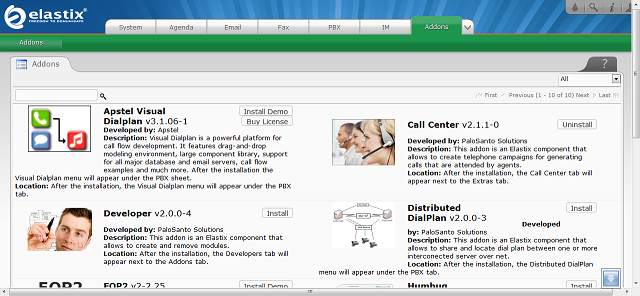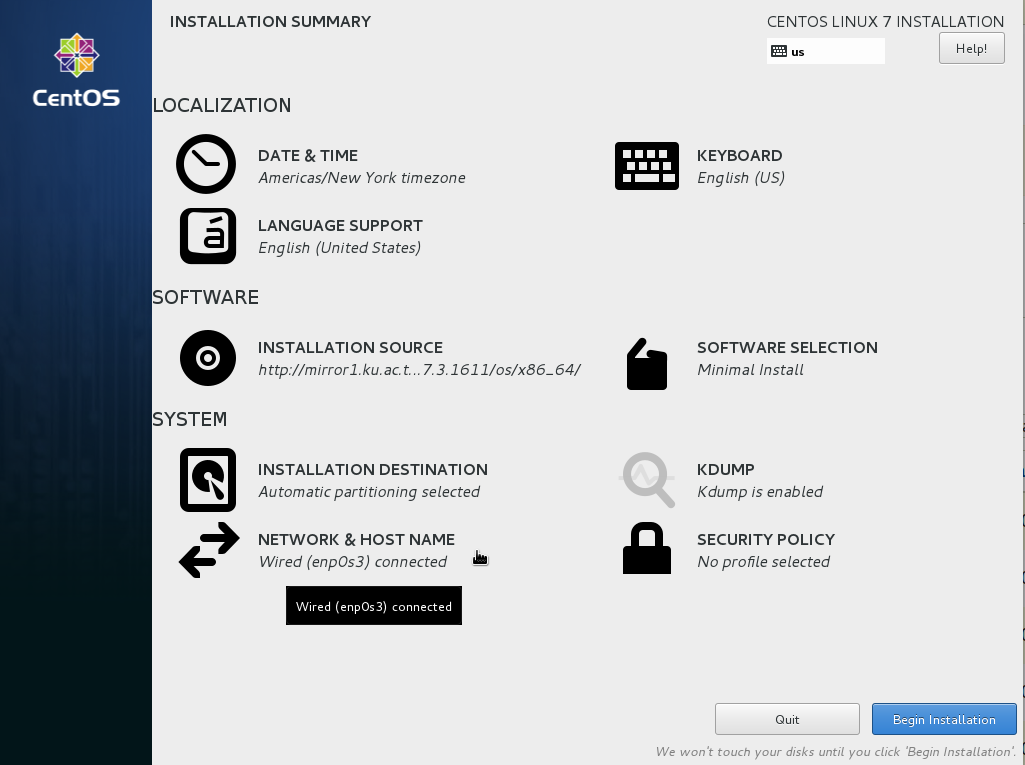
You can make further changes in the /etc/asterisk/rtp.conf file. MGCP - For users that require Media Gateway Control Protocol in their configuration port=2727/udp Reload CSF to enforce our changes with the command below: sudo csf -rĭepending on your needs, you may want to add other related ports: You can read our guide on configuring CSF on Ubuntu and CentOS for more information on CSF. Hence, we will need to add these ports to our csf.conf file. Ports 50, both on TCP and UDP, are associated with the Session Initiation Protocol (SIP) by IANA. Step 1: Add SIP Ports to Config Server Firewall (CSF)

This is done with the command below: sudo yum update It is always recommended that you update the system to the latest packages before beginning any significant installations. Once you have signed up, log into your Cloudwafer Client Area and deploy your Cloudwafer cloud server. Take a moment to create an account after which you can quickly deploy your cloud servers. If you have not already registered with Cloudwafer, you should begin by getting signed up. In this guide, we will explain how to install Asterisk on a CentOS 7 server. Asterisk supports several standard voice-over IP protocols, including the Session Initiation Protocol (SIP), the Media Gateway Control Protocol (MGCP), and H.323. Small businesses use it, large companies, call centres, carriers and government agencies, worldwide. Asterisk turns an ordinary computer into a communications server by powering IP PBX systems, VoIP gateways, conference servers and other custom solutions.

Asterisk is an open-source framework for building communications applications.


 0 kommentar(er)
0 kommentar(er)
